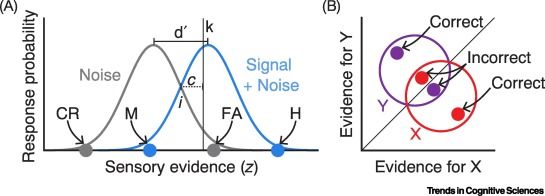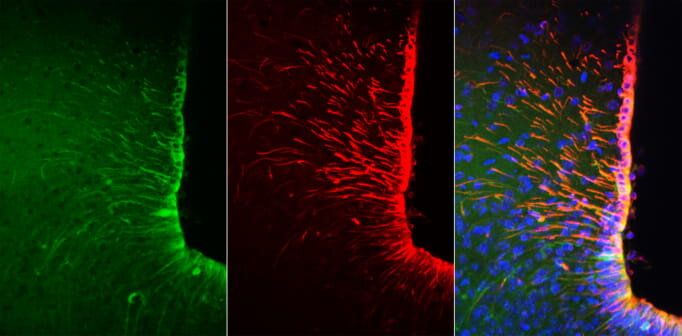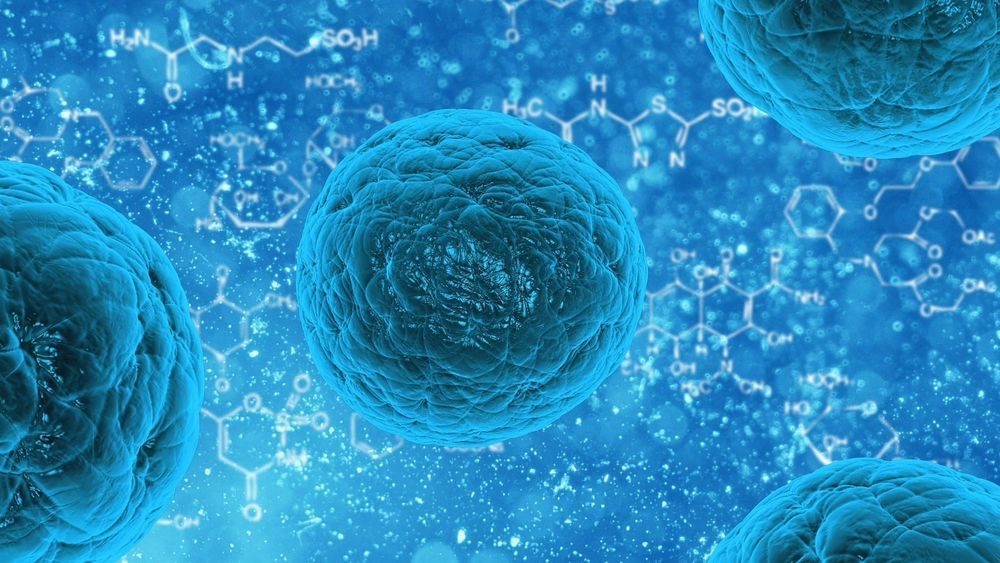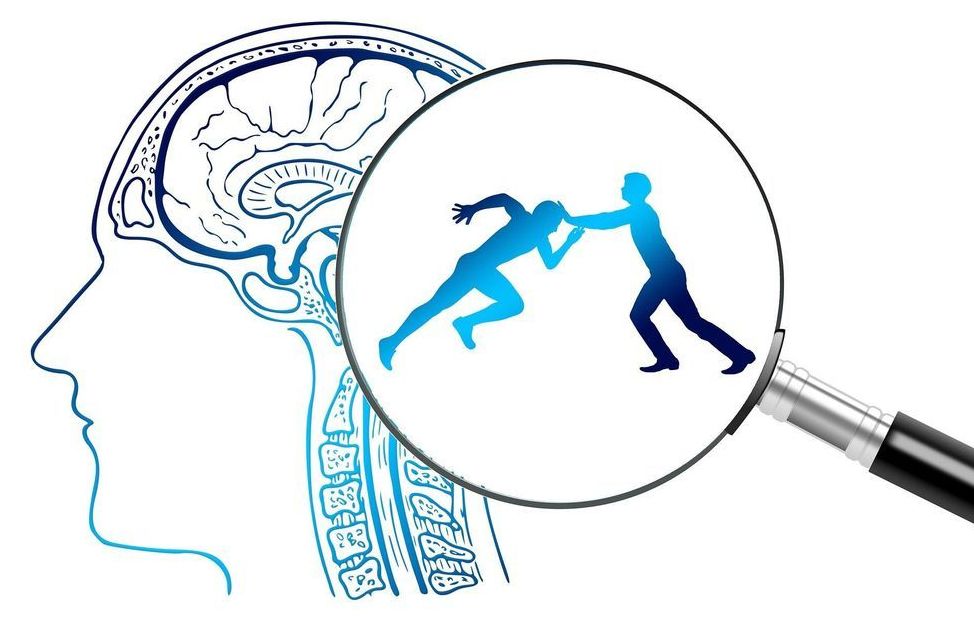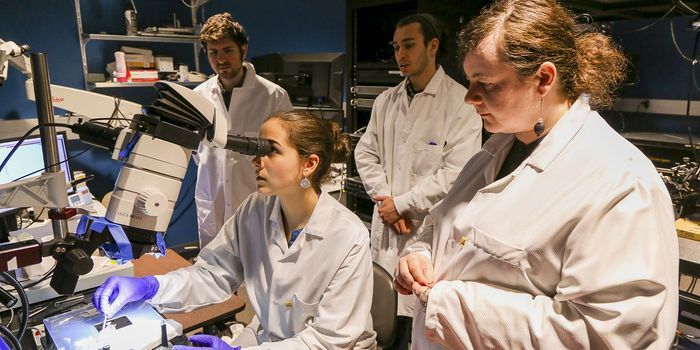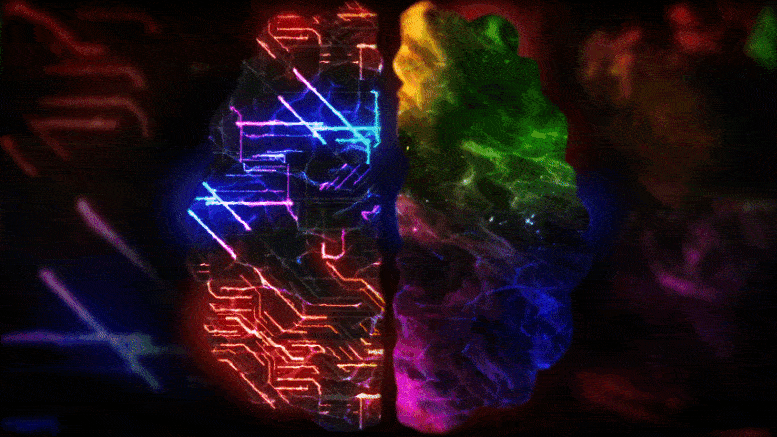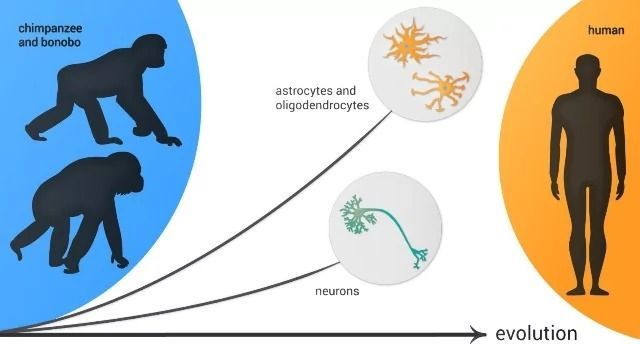Making rapid decisions on the basis of sensory information is essential to everyday behaviors. Why, then, are perceptual decisions so variable despite unchanging inputs?
Spontaneous neural oscillations have emerged as a key predictor of trial-to-trial
Perceptual variability. New work casting these effects in the framework of models.
